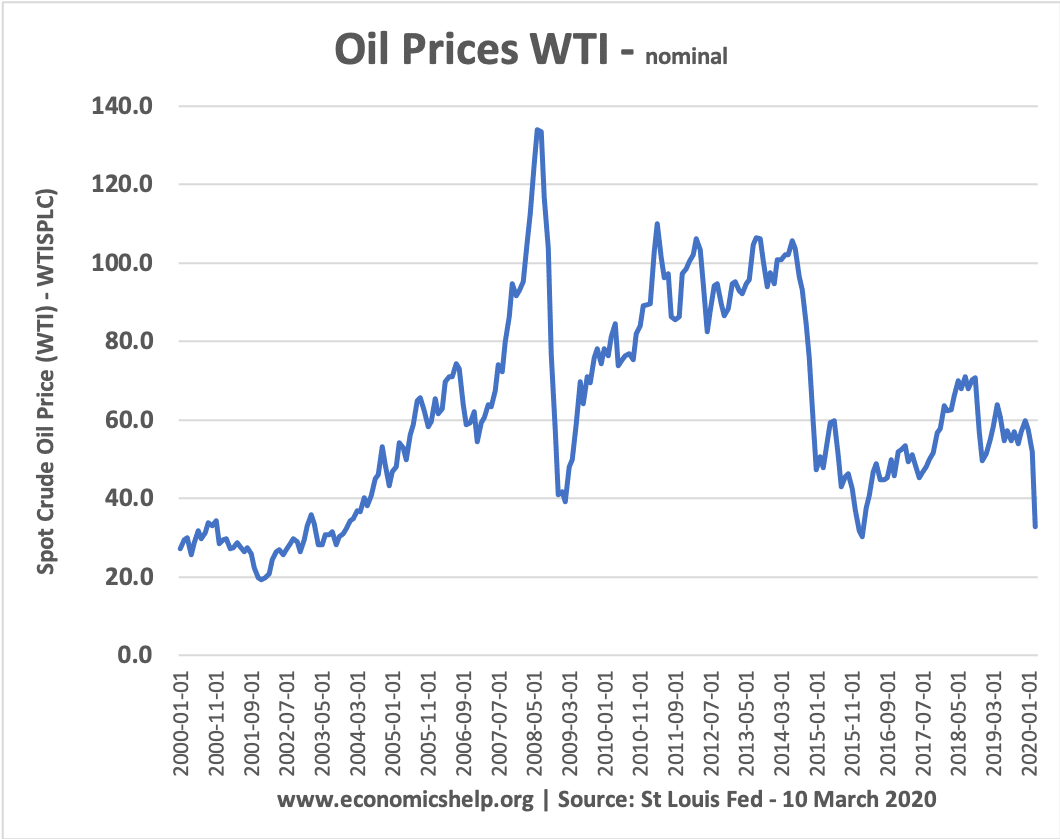A binding price ceiling will cause a persistent and a binding price floor will cause a persistent.
Price ceilings cause persistent price floors cause persistent.
Price ceilings impose a maximum price on certain goods and services.
Remember changes in price do not cause demand or supply to change.
In the accompanying figure the demand curve d and supply curve s determine a price p which the market tends toward.
They are usually put in place to protect vulnerable buyers or in industries where there are few suppliers.
Because quantity demanded exceeds quantity supplied but price cannot rise to remove the shortage.
Like price ceilings price floors disrupt market cooperation and have consequences quite different from those advertised by their advocates.
The graph below illustrates how price floors work.
Suppose congress imposes a price ceiling of 5 per atm transaction.
If the price of a product is above the equilibrium price the result will be allocative efficiency.
The unfortunate and ironic result of a price ceiling is to increase the cost of products to consumers.
For more on the minimum wage.
Price ceilings cause persistent.
Before considering an example of price floors minimum wages let s examine the problem in general terms.
Where marginal benefit marginal cost.
Why does a price ceiling set below an equilibrium price tend to cause persistent imbalances in the market.
Price ceilings harm most consumers sunday november 1 1998.
Neither price ceilings nor price floors cause demand or supply to change.
Price ceilings cause shortages and higher costs.
If the average market clearing price for an atm transaction.


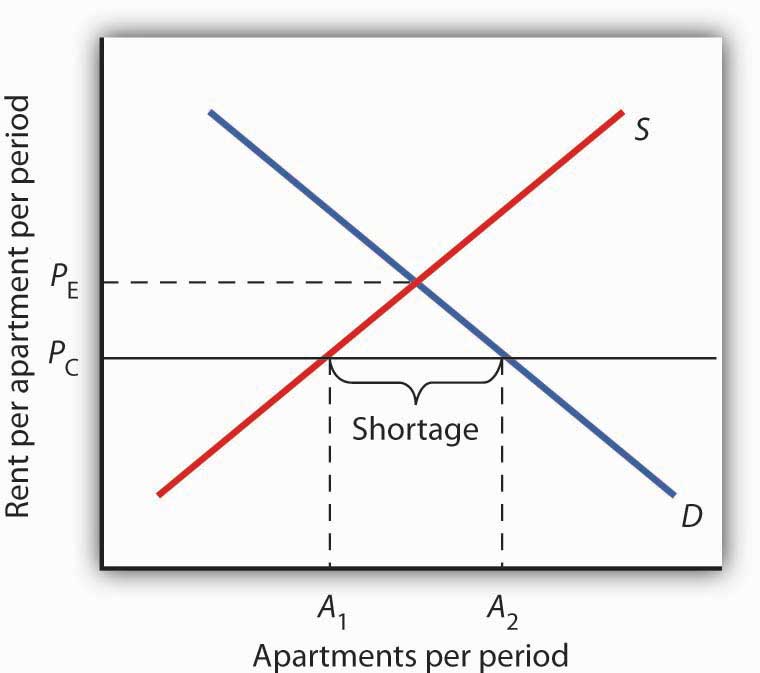



:max_bytes(150000):strip_icc()/WhyYouCantInfluenceGasPrices3-257334e47bc54cd7a449da9df90814af.png)
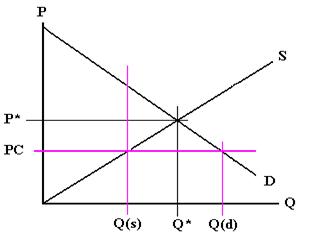




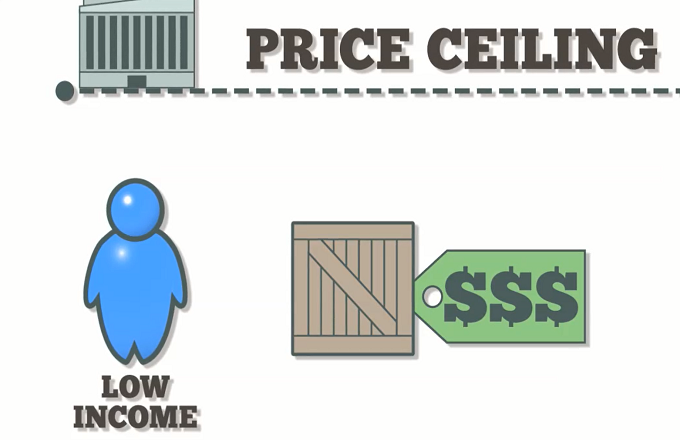

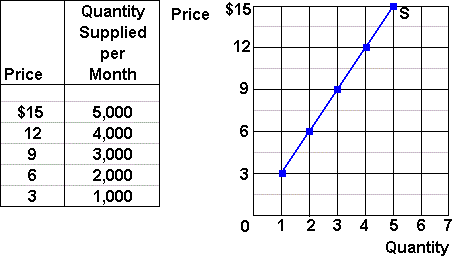

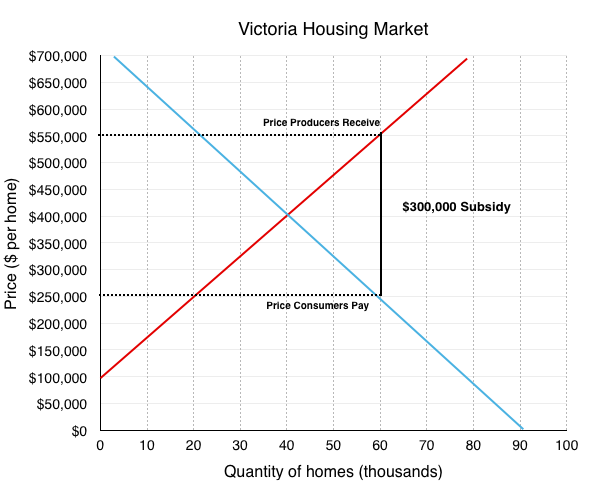


:max_bytes(150000):strip_icc()/dotdash_Final_How_Does_Price_Elasticity_Affect_Supply_Feb_2020-01-08f0b93e209c4c27a601d6a376dd6aff.jpg)





